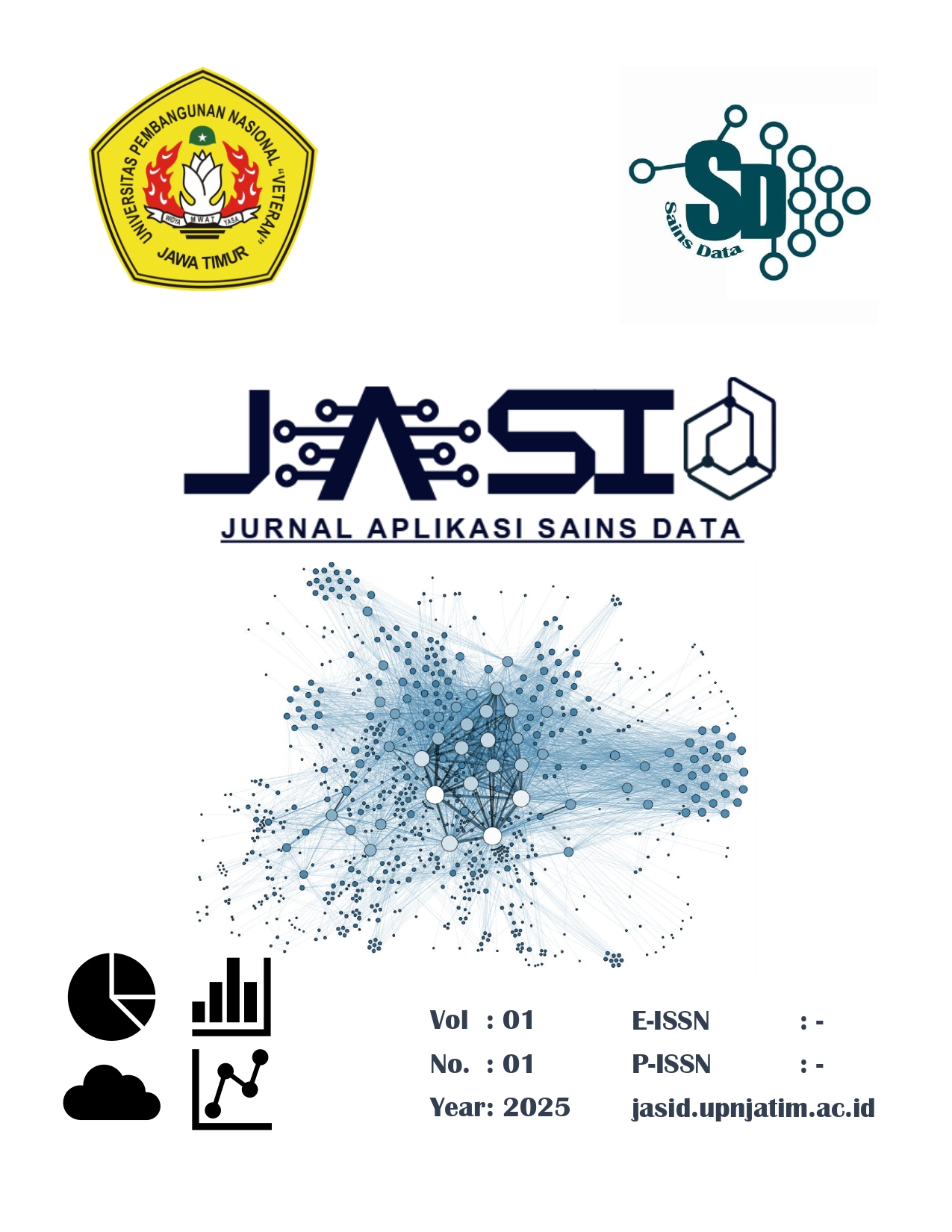Implementation of Content-Based Filtering in Tourist Destination Recommendation System in Central Java
DOI:
https://doi.org/10.33005/jasid.v1i1.3Keywords:
content-based filtering, machine learning, recommender system, tourismAbstract
Tourism is a potential sector that plays an important role in the regional economy with significant contributions to regional income and foreign exchange earnings. Central Java, as one of the provinces with great potential in the tourism sector, has a variety of tourist attractions that include natural, artificial, special interest destinations, and more. One effort to optimize the tourism sector in Central Java is to improve tourism information services by creating a recommendation system for tourist attractions in Central Java. This research aims to create a personalized recommendation system for tourist attractions in Central Java based on user preferences using content-based filtering methods and neural network machine learning. This method is used to analyze the features of tourist attractions and user preferences, and to generate relevant recommendations. The model is trained using Adam optimization with a learning rate of 0.01 and 300 epochs. The evaluation results show that this method can provide tourist attraction recommendations in Central Java that tend to match user preferences with relatively low error rates, as indicated by a Mean Squared Error (MSE) value of 0.1766. Thus, this research can contribute to optimizing the tourism sector in Central Java and guide individuals in finding tourist attractions that suit their individual preferences.
References
W. Yudananto, S. S. Remi, and B. Muljarijadi, "Peranan Sektor Pariwisata Terhadap Perekonomian Daerah di Indonesia (Analisis Interregional Input-Output)," Jurnal, vol. 2, no. 4, 2012, Universitas Padjajaran, Bandung.
U. Soebiyantoro, "Pengaruh Ketersediaan Sarana Prasarana, Sarana Transportasi Terhadap Kepuasan Wisatawan," Jurnal Manajemen Pemasaran, vol. 4, no. 1, pp. 16–22, 2009
Badan Pusat Statistik, Kajian Dampak Pariwisata Terhadap Perekonomian Provinsi Jawa Tengah, Badan Pusat Statistik Provinsi Jawa Tengah, 2022.
M. H. Satman and M. Altunbey, "Selecting Location of Retail Stores Using Artificial Neural Networks and Google Places API," International Journal of Statistics and Probability, vol. 3, no. 1, p. 67, 2014.
R. K. Silviana, A. Nazir, E. Budianita, F. Syafria, and S. K. Gusti, "Pengklasteran Risiko COVID-19 di Riau Menggunakan Teknik One Hot Encoding dan Algoritma K-Means Clustering," Jurnal Informasi dan Komputer, vol. 10, no. 1, pp. 154–163, 2022.
Z. Nabi, Pro Spark Streaming: The Zen of Real-Time Analytics Using Apache Spark, Apress, 2016.
T. T. Hanifa, S. Al-Faraby, and F. Informatika, "Analisis Churn Prediction pada Data Pelanggan PT. Telekomunikasi dengan Logistic Regression dan Underbagging," vol. 4, pp. 3210–3225, 2017.
L. V. Fausett, Fundamentals of Neural Networks: Architectures, Algorithms and Application, Pearson Education India, 2006.
C. Nwankpa, W. Ijomah, A. Gachagan, and S. Marshall, "Activation functions: Comparison of trends in practice and research for deep learning," arXiv preprint arXiv:1811.03378, 2018.
S. T. Alexander, "The Mean Squared Error (MSE) Performance Criteria," in Adaptive Signal Processing, Texts and Monographs in Computer Science, Springer, New York, NY, 1986.
A. Muhaimin, D. D. Prastyo and H. Horng-Shing Lu, "Forecasting with Recurrent Neural Network in Intermittent Demand Data," 2021 11th International Conference on Cloud Computing, Data Science & Engineering (Confluence), Noida, India, 2021, pp. 802-809, doi: 10.1109/Confluence51648.2021.9376880.





